Devotion – Part 4: Italy
Chapter 5: Stresa to Borromeo
Stresa
In the far north of Italy the town of Stresa, a community of 5,000, sits on the shore of Lake Maggiore, the longest and second largest of the lakes in Northern Italy. The lake is shaped like a crooked branch and Stresa is on the south shore of the a short segment of the crooked lake that juts to the northwest. The longer segment of Lake Maggiore turns to north-northeast and concludes in Switzerland. The lake is large – over 64 kilometers long, 20 kilometers wide and 372 meters deep.
Stresa is a tourist town. Ernest Hemingway set part of his 1929 novel Farewell to Arms at the Grand Hotel des iles Borromees in Stresa. In 2002 Stresa hosted the 10th International Hemingway Conference. You can see the hotel in the distance behind the second sculpture of a sailboat.
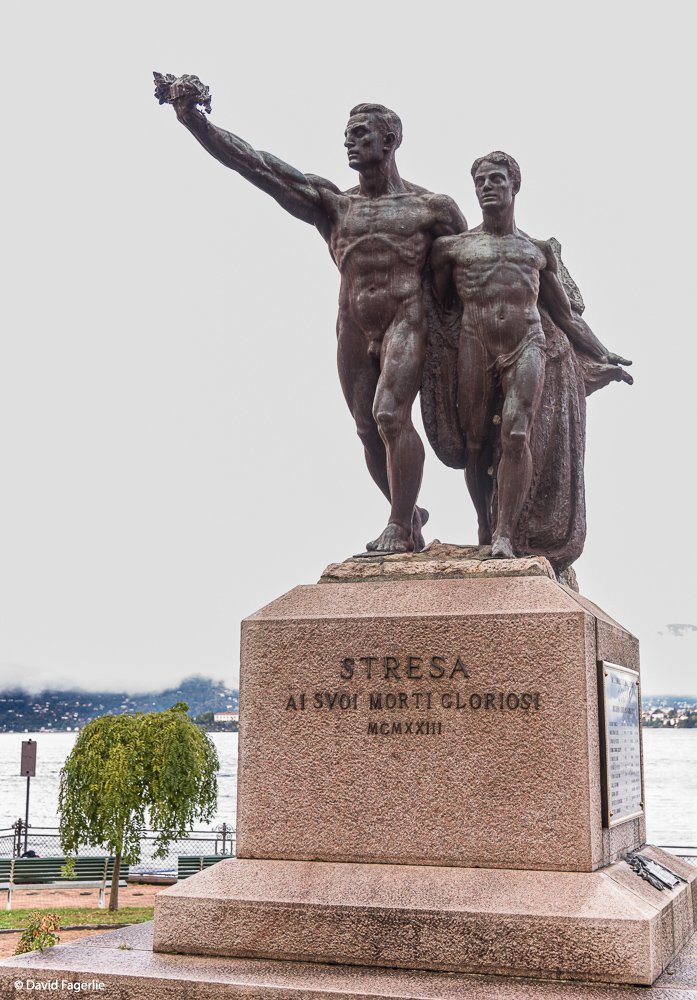



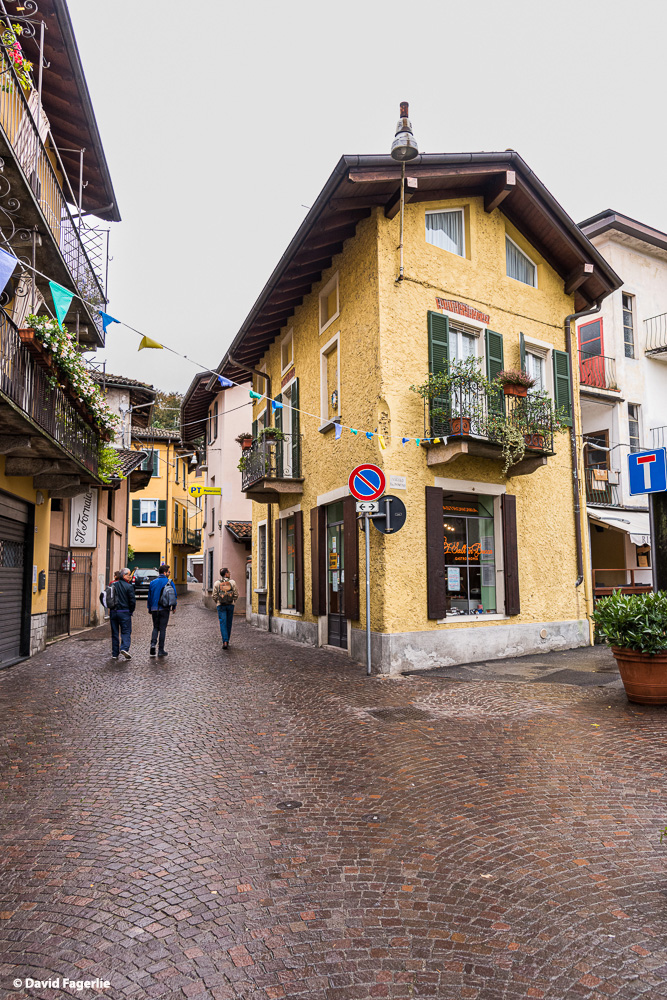
Otra San Giulio
A short drive southwest of Stresa, on the much smaller Lake Orta, is the even smaller town of Otra San Giulio. Included in the township is the island Isola San Giulio that you can see in the lake in a couple of the photos below. It was pouring rain when we were there; so, in some ways it was hard to appreciate the fullness of the town. Friedrich Nietzsche, Lou Andreas-Salomé and her mother stayed in Otra San Giulio for a few days during their grand tour of Italy in May 1882.

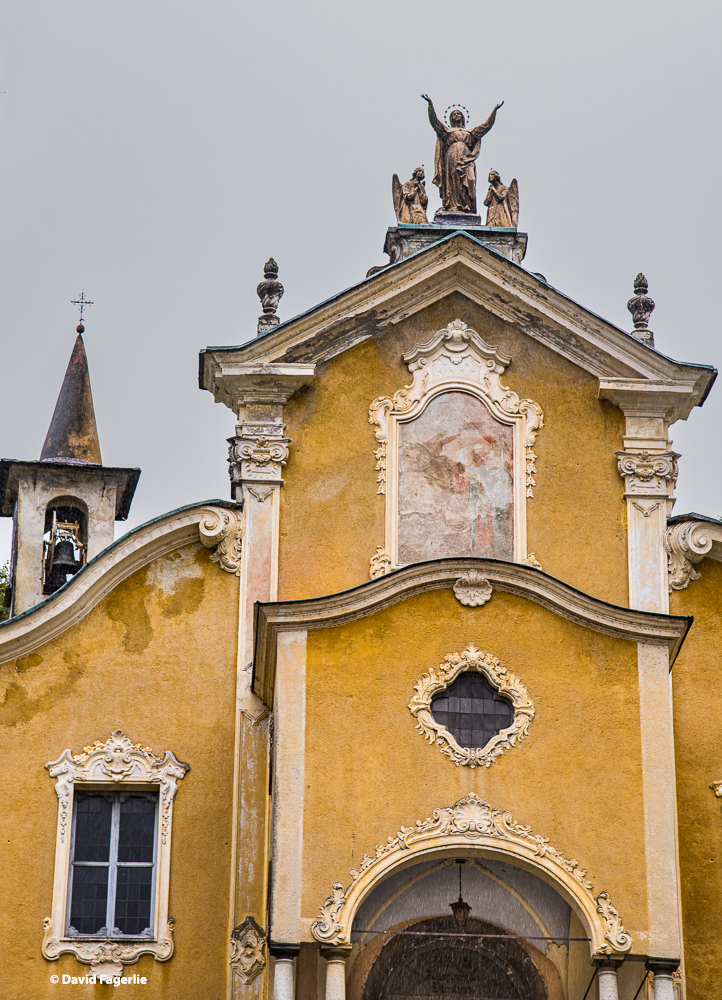
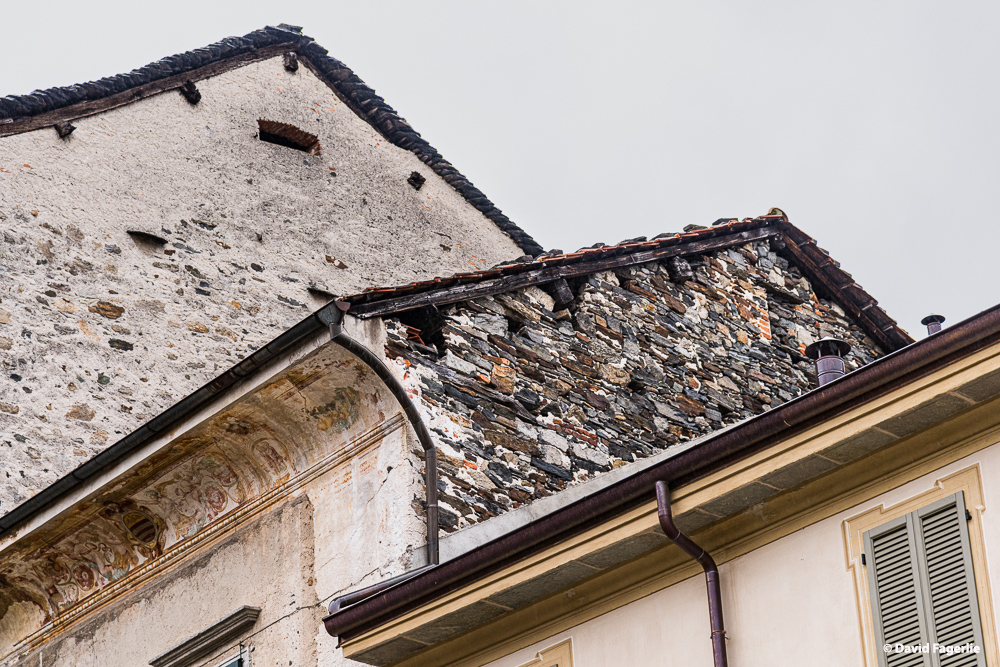
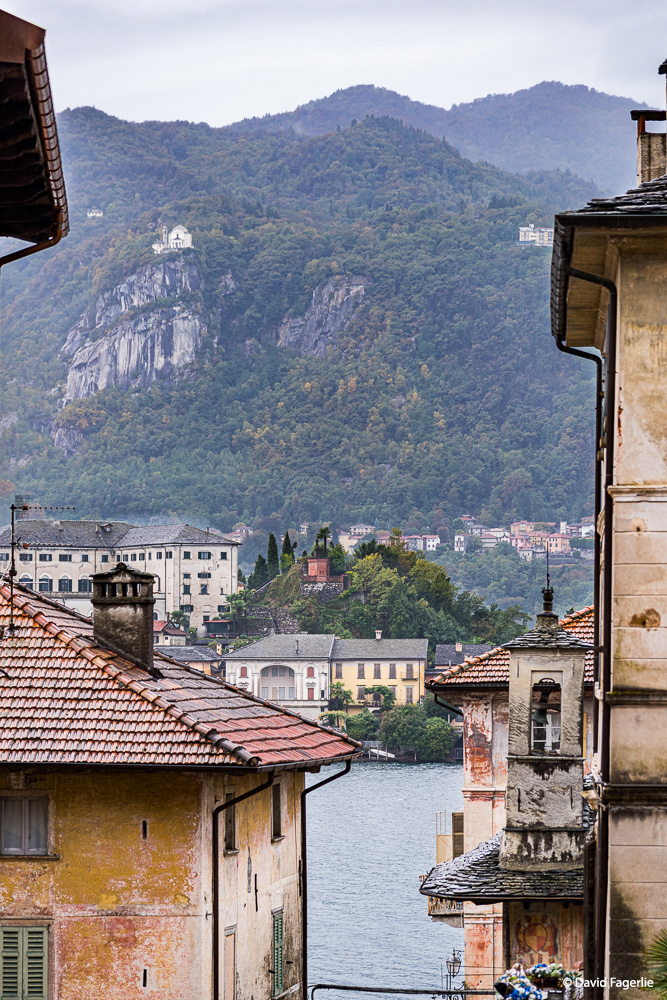
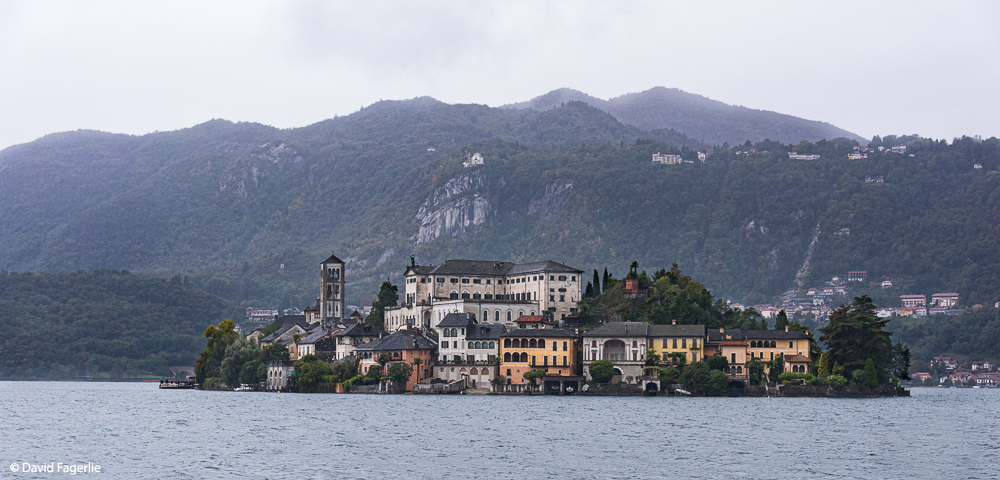
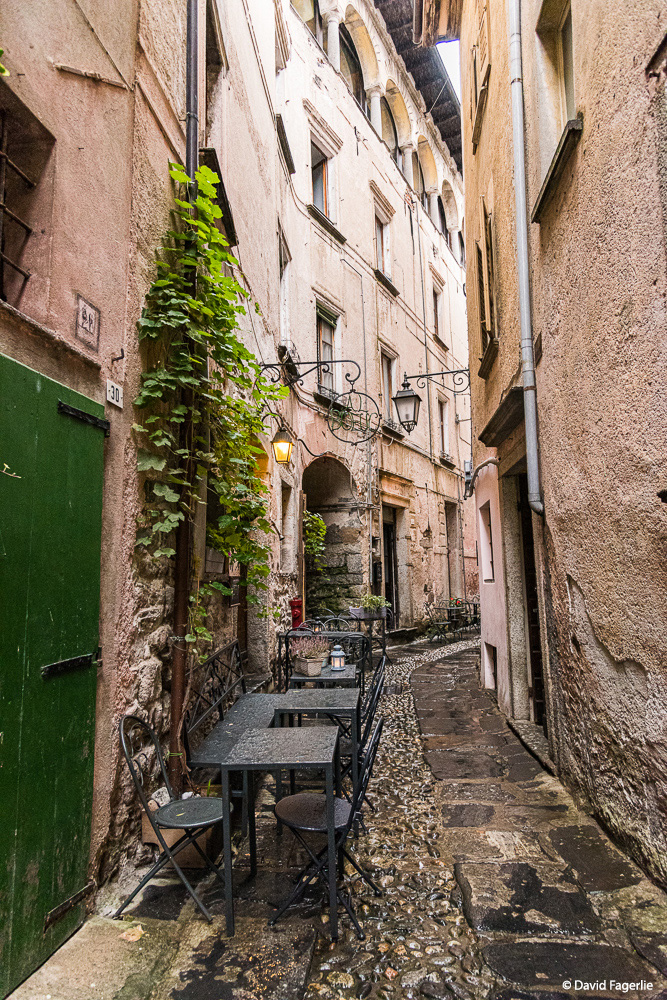

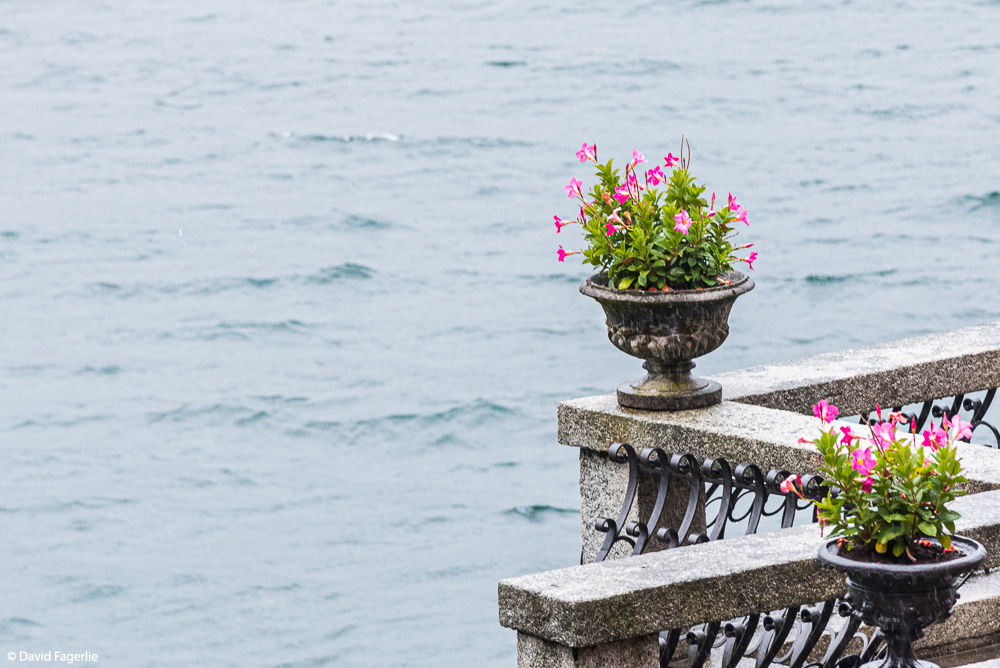
Palazzo Borromeo
About 400 meters off the coast of Stresa is one of the Borromean Islands, Isola Bella, that is almost entirely consumed by Palazzo Borromeo. In the photo below what looks to you like an over-sized terraced garden taking up the center third of the island is exactly what you think it is. The second photo shows you an aerial view.
Isola Bella is 400 meters long, 320 meters wide and is divided by the Palazzo Borromeo palace, its huge Italian style garden and a small fishing village.
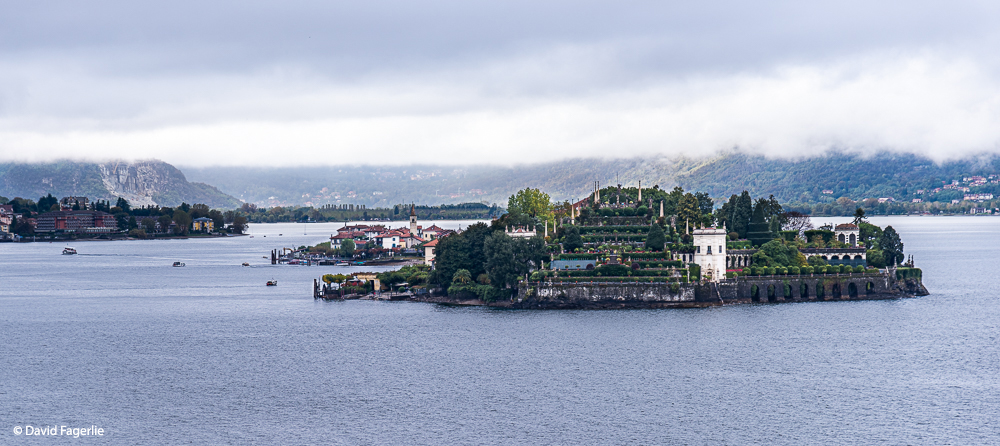
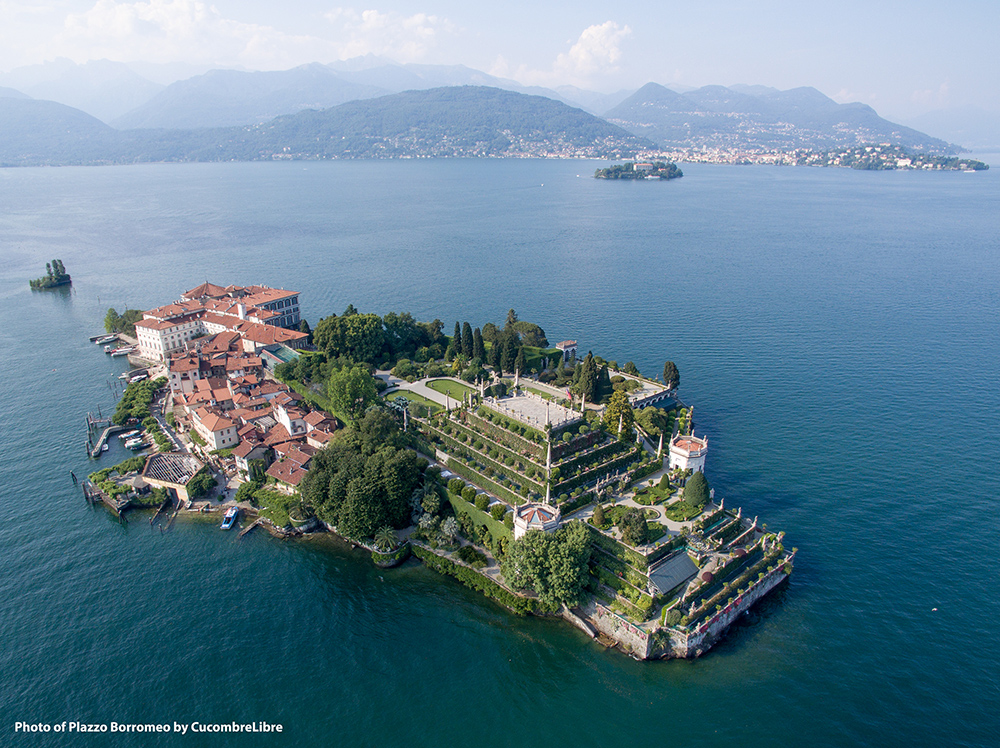
The Borromeo family, wealthy merchants, founded the Borromeo Bank in Milan after the year 1370. Gilberto II, a Milanese governor, married Margherita Medici of the Medici banking family and sister to Pope Pius IV. One of their sons, Carlo Borromeo, became cardinal of Milan in the Roman Catholic Church and a canonized saint.
This island had been owned by the Borromeo family since 1501. Until 1632 the island was merely a rocky protrusion with a tiny fishing village and two small churches. That year Carlo III Borromeo began construction of a summer palace dedicated to his wife, Isabella D’Adda, from whom the island takes its name. Construction was interrupted by a terrible plague. Work was resumed after the plague by Carlos’ sons and the property was developed uninterrupted through the 18th and 19 centuries.
It was pouring rain again this day. However, rain could not keep me from one-handed photography in the gardens while my other hand held an umbrella.
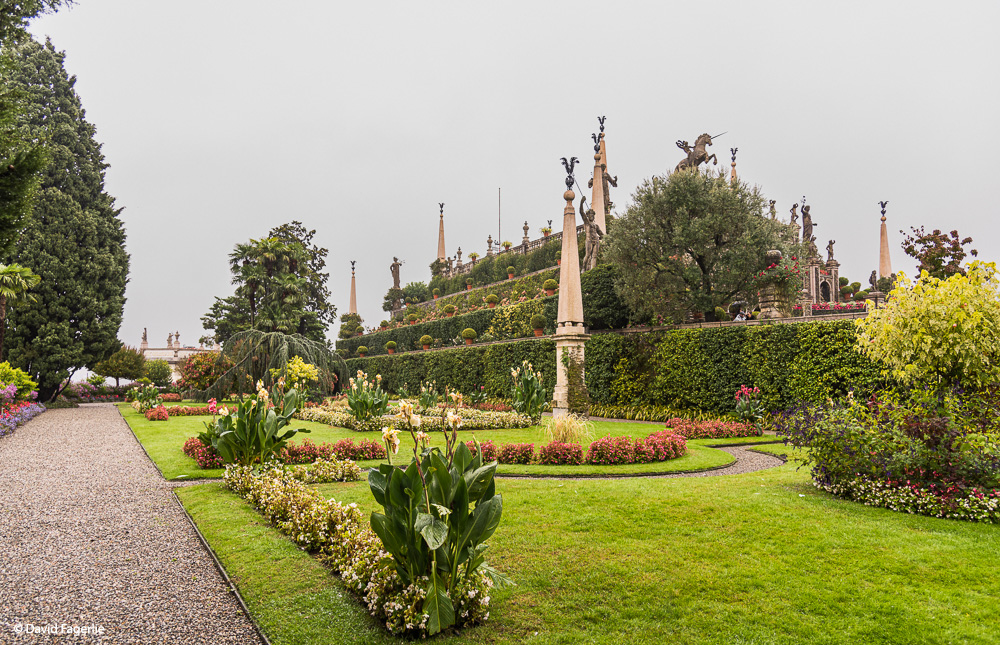
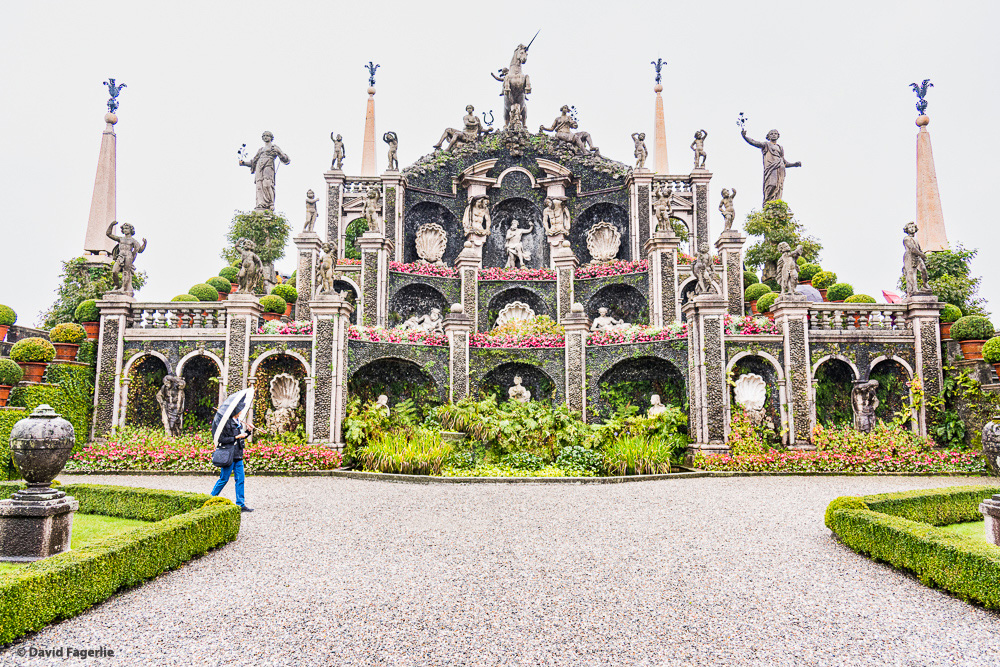
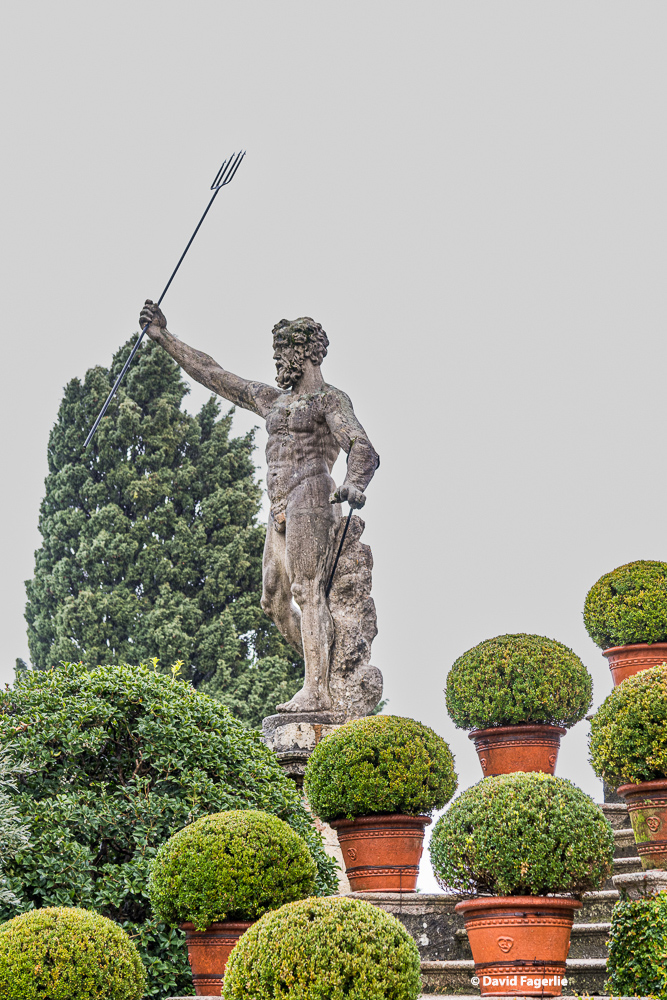
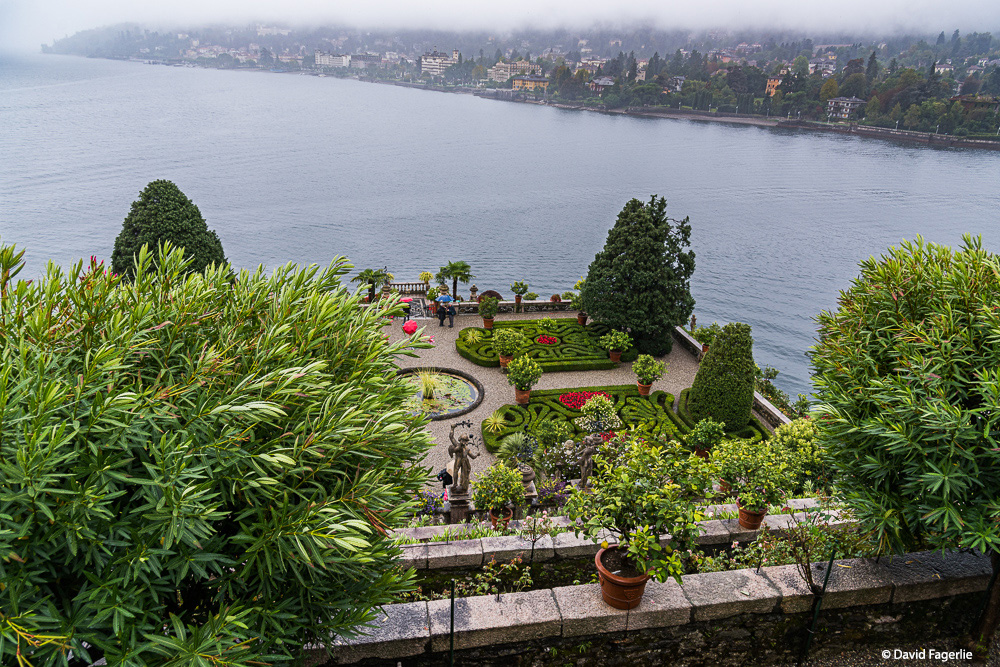


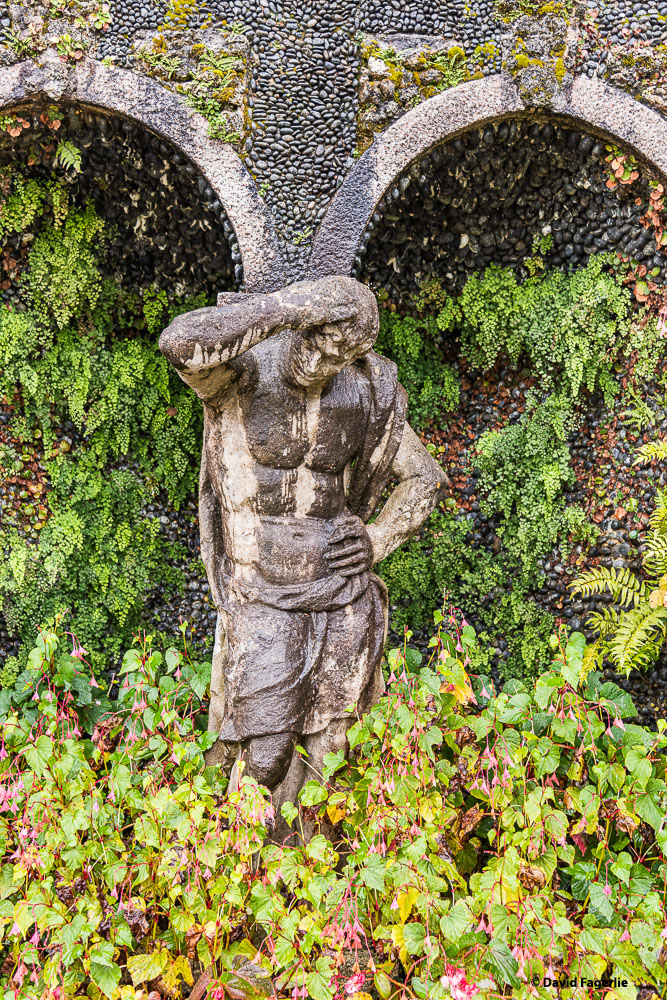
I also walked around the village a bit.
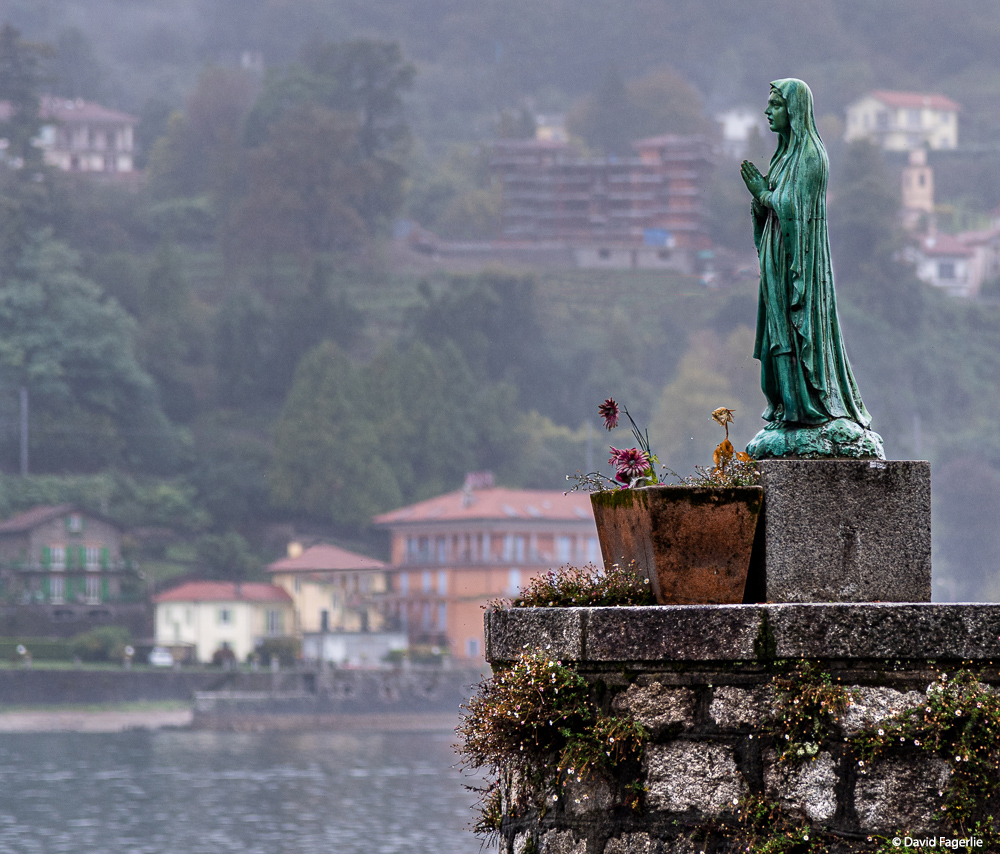
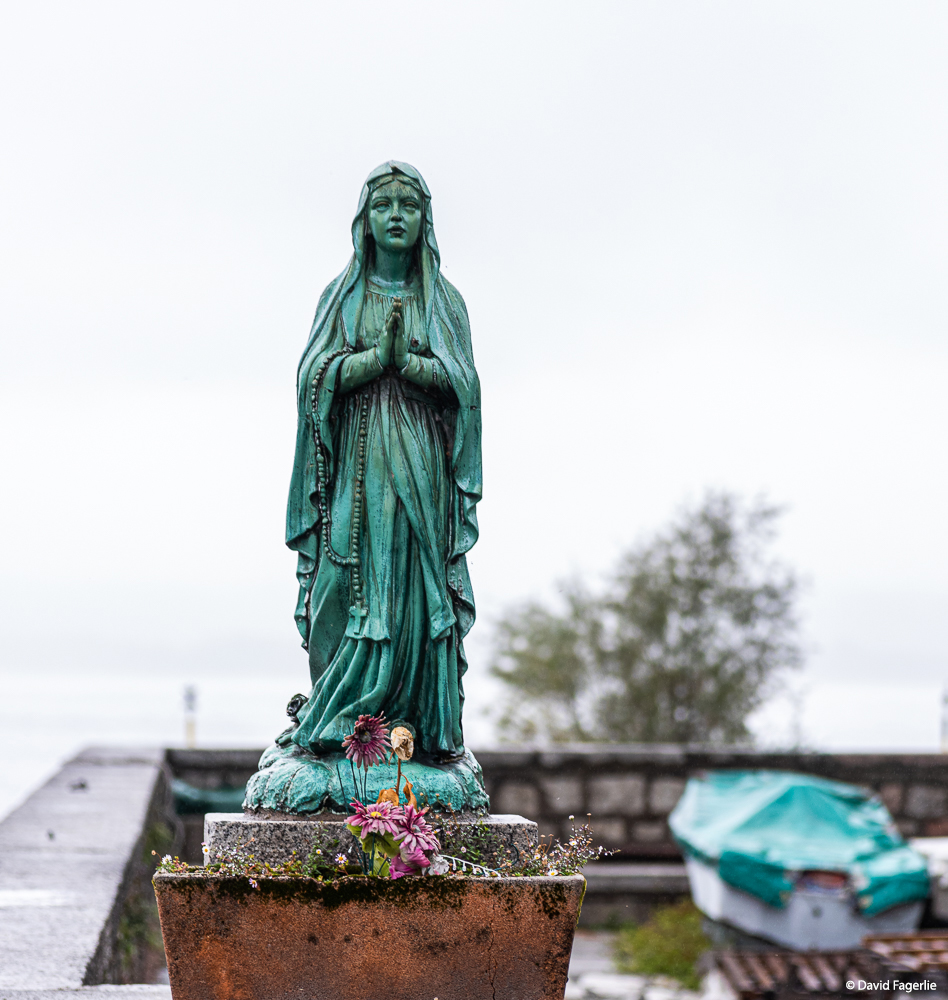
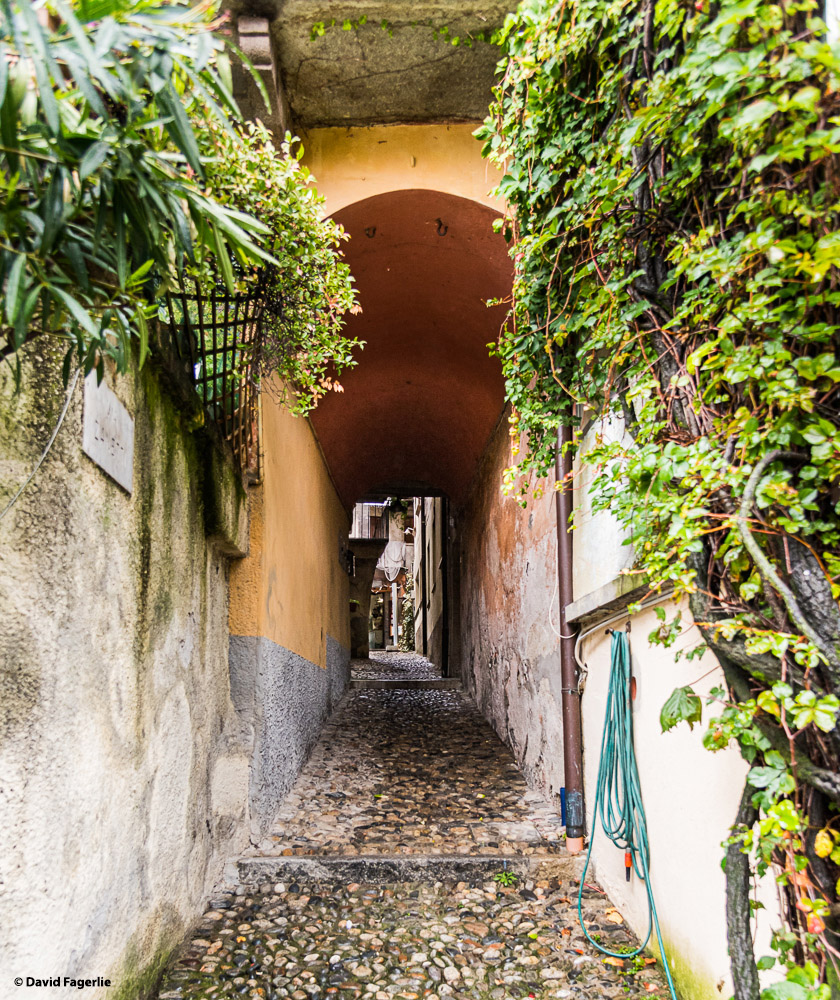
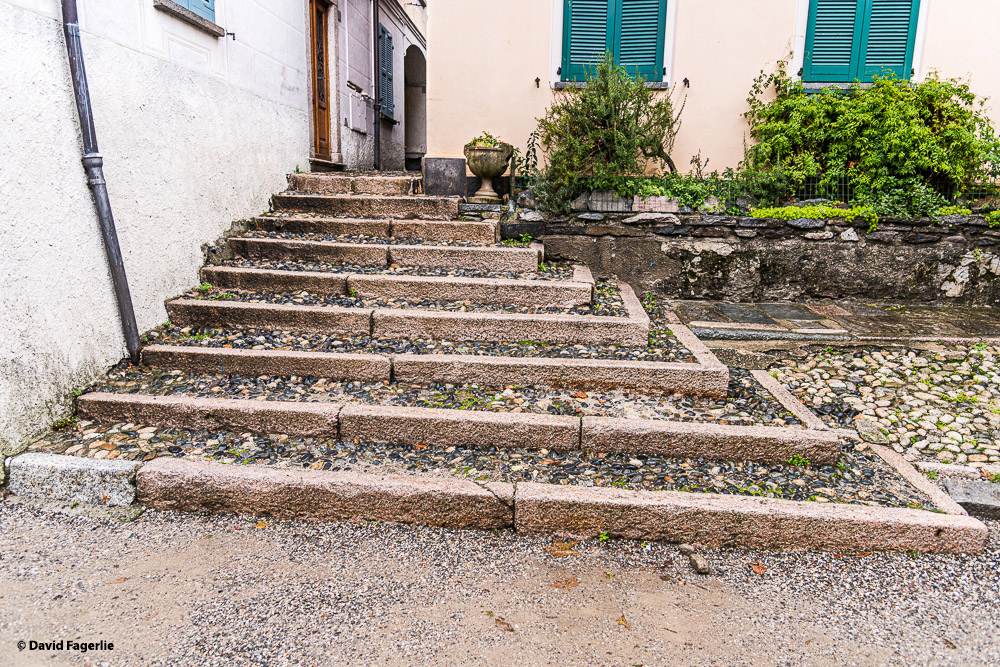
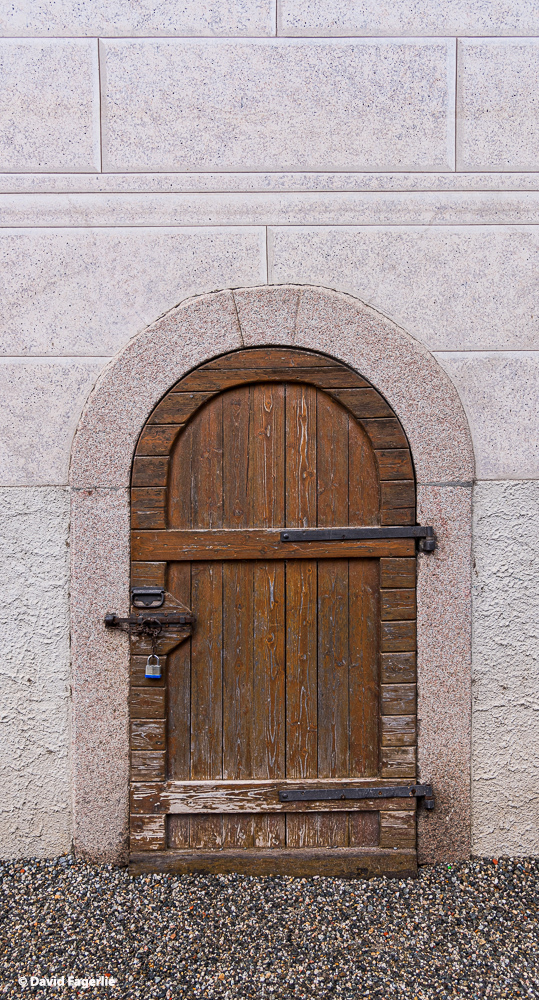
As you would expect, the inside of the gigantic palace was opulent. It was hard to photograph due to people constantly crossing my field of view and limited time. Nevertheless, I did get some shots.
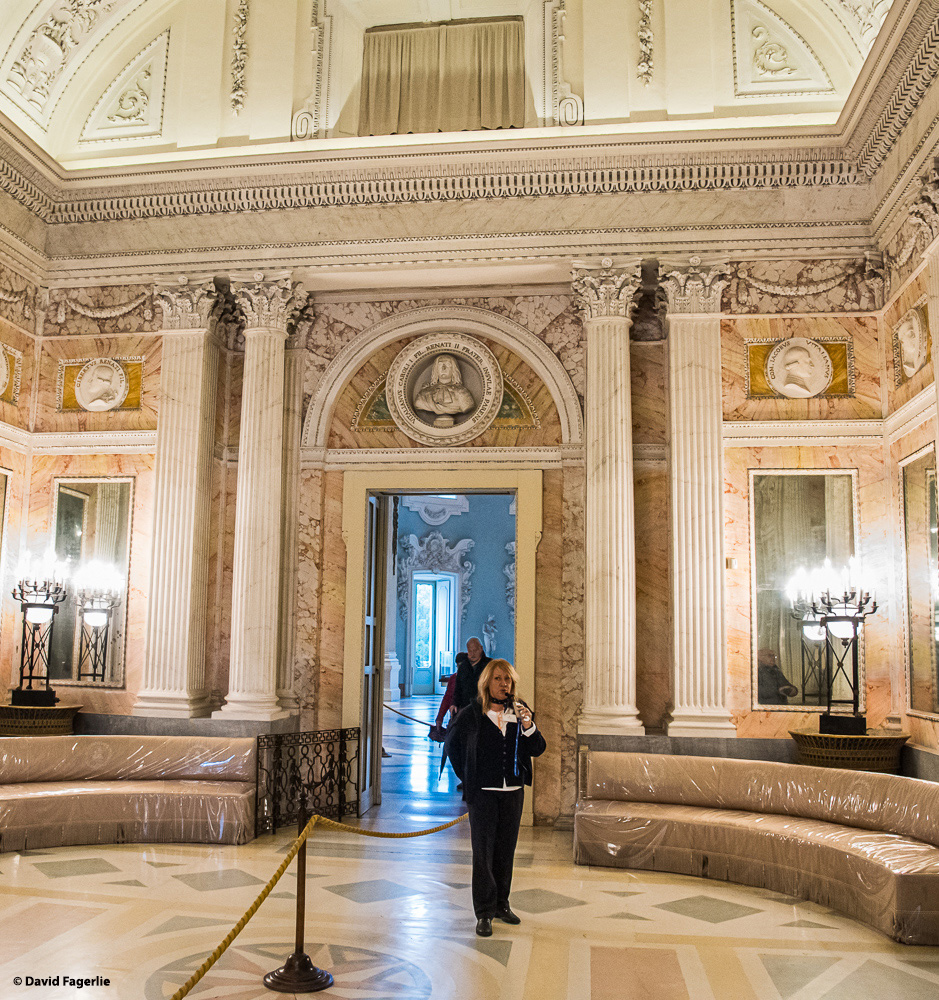
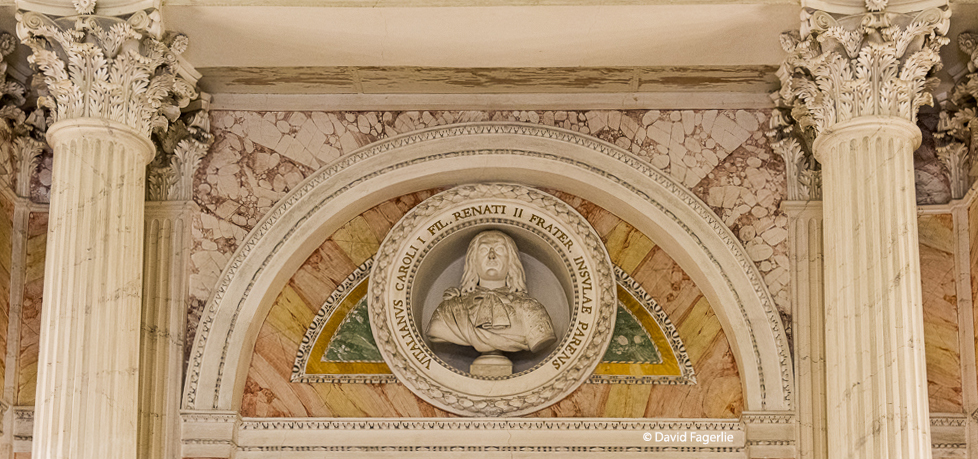
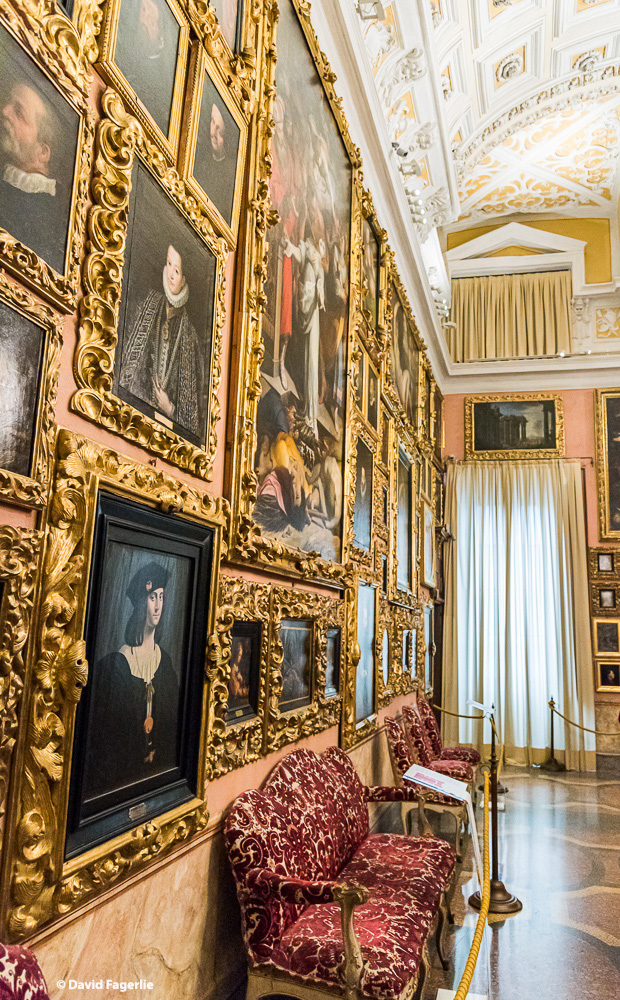
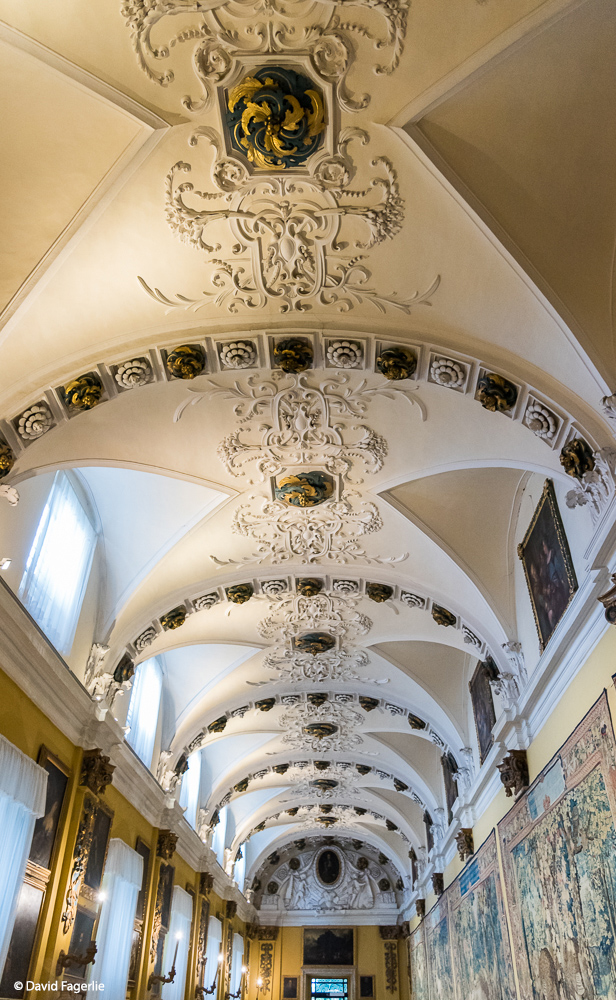
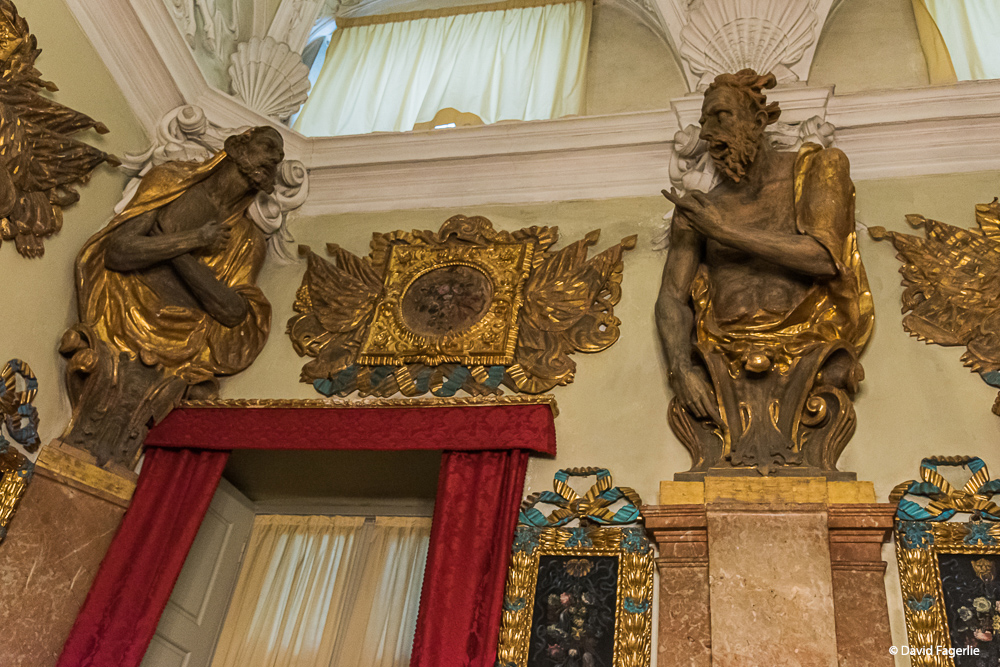


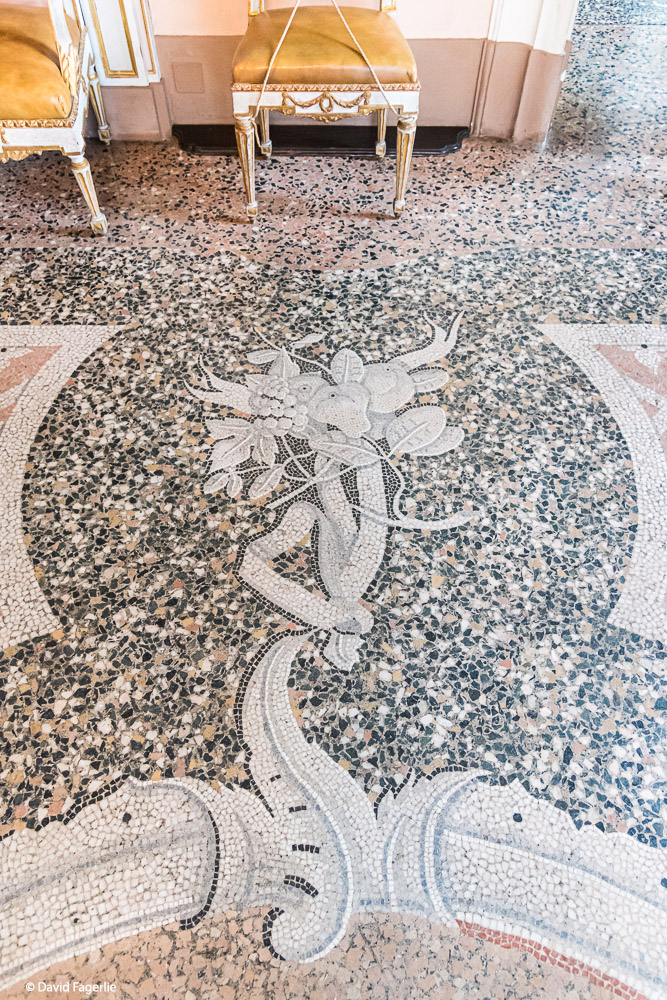

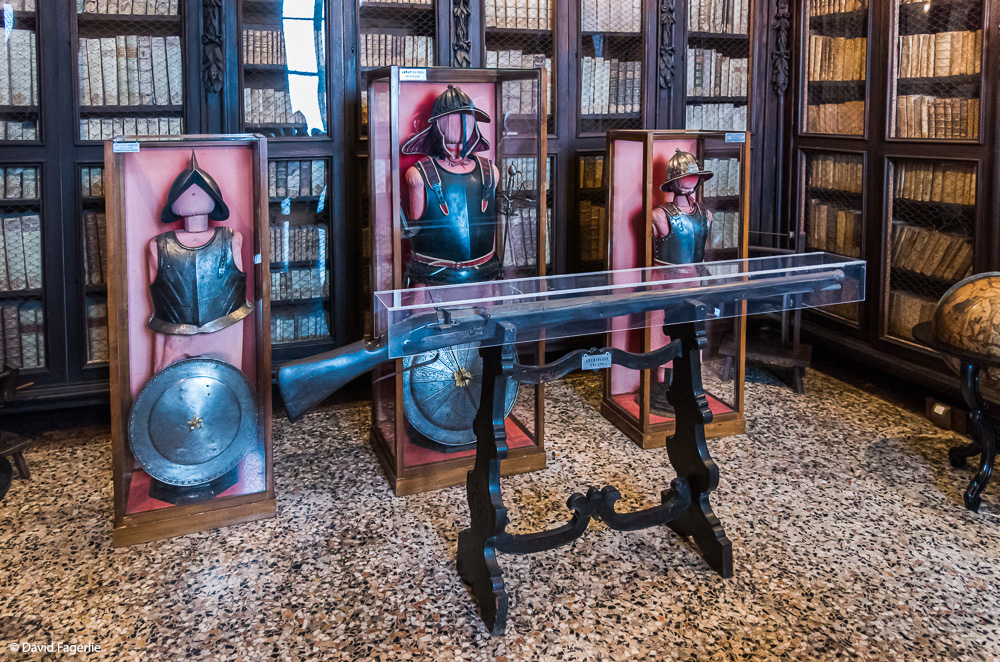
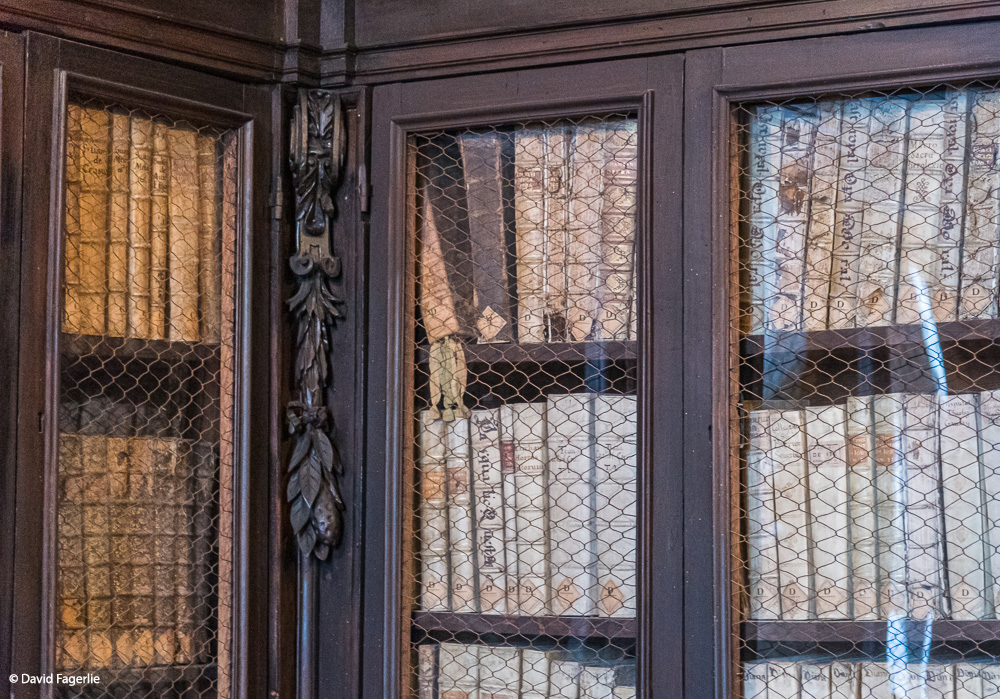

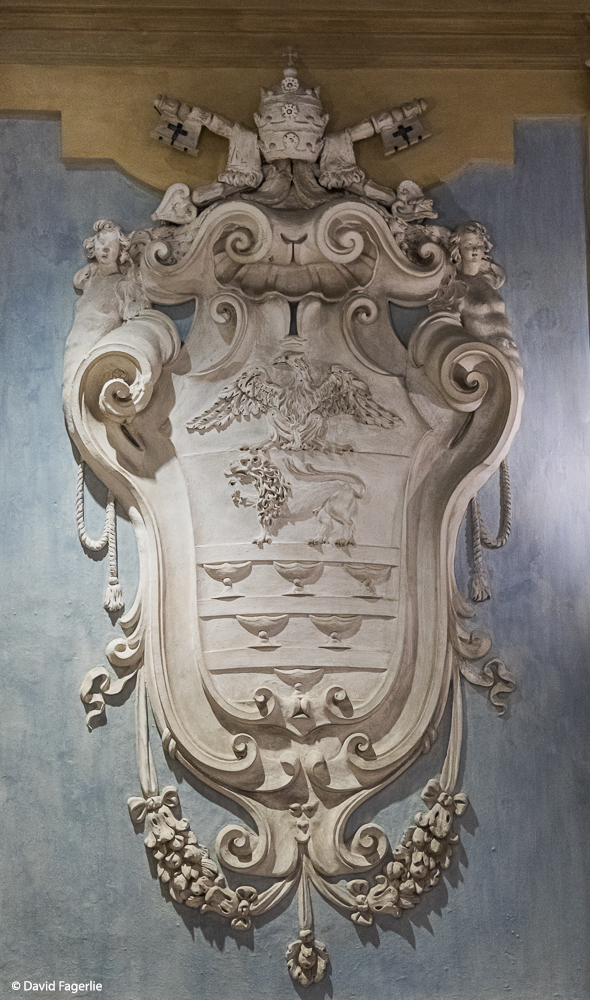

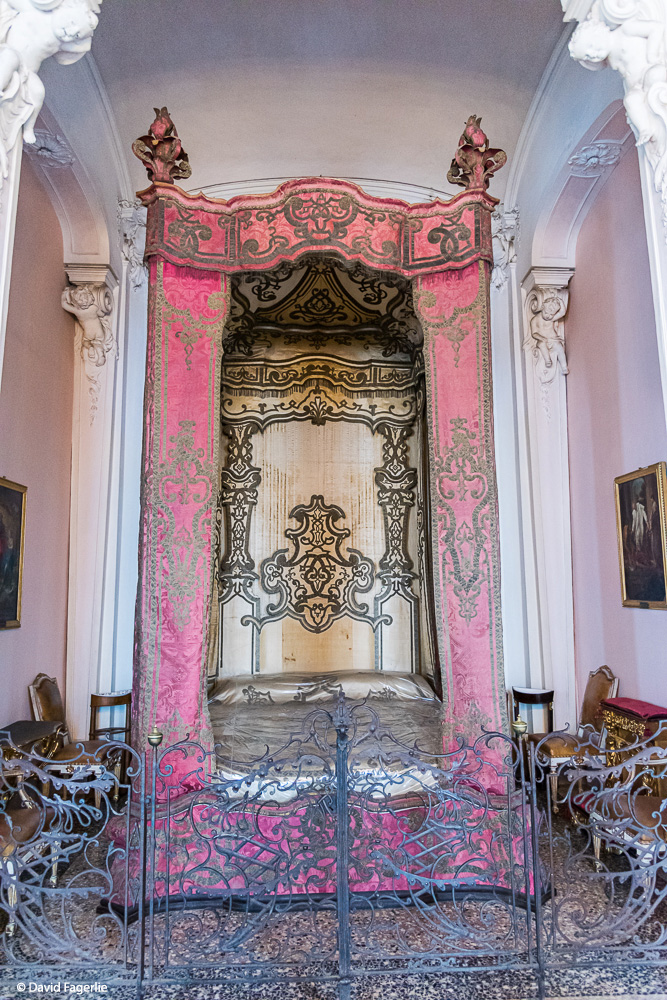

Below ground is the Palazzo Borromeo's Grottoes, something completely unique to my experience. Here are a few pics.
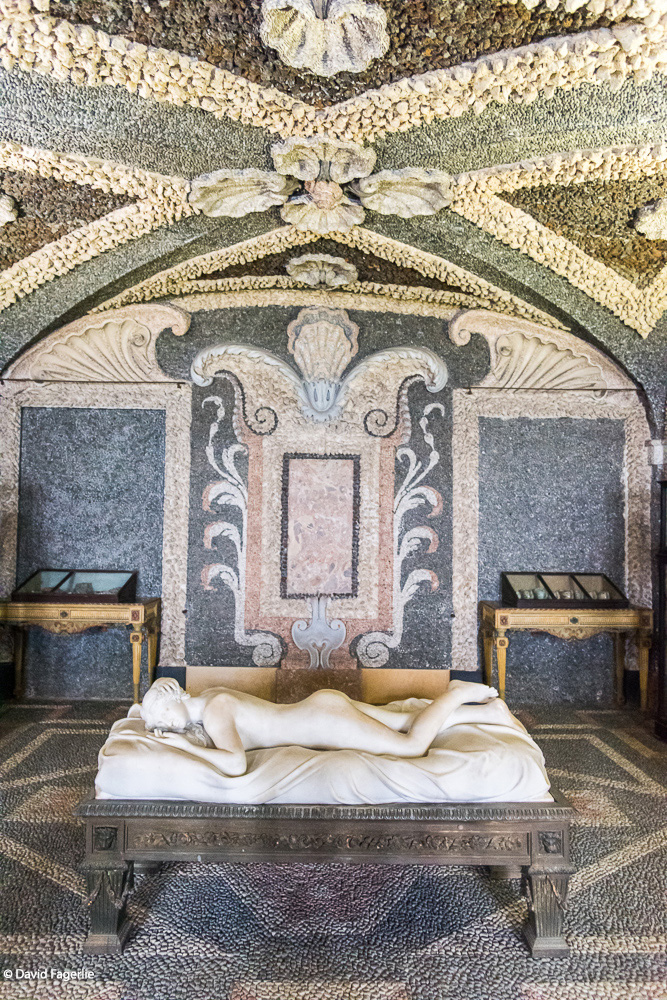

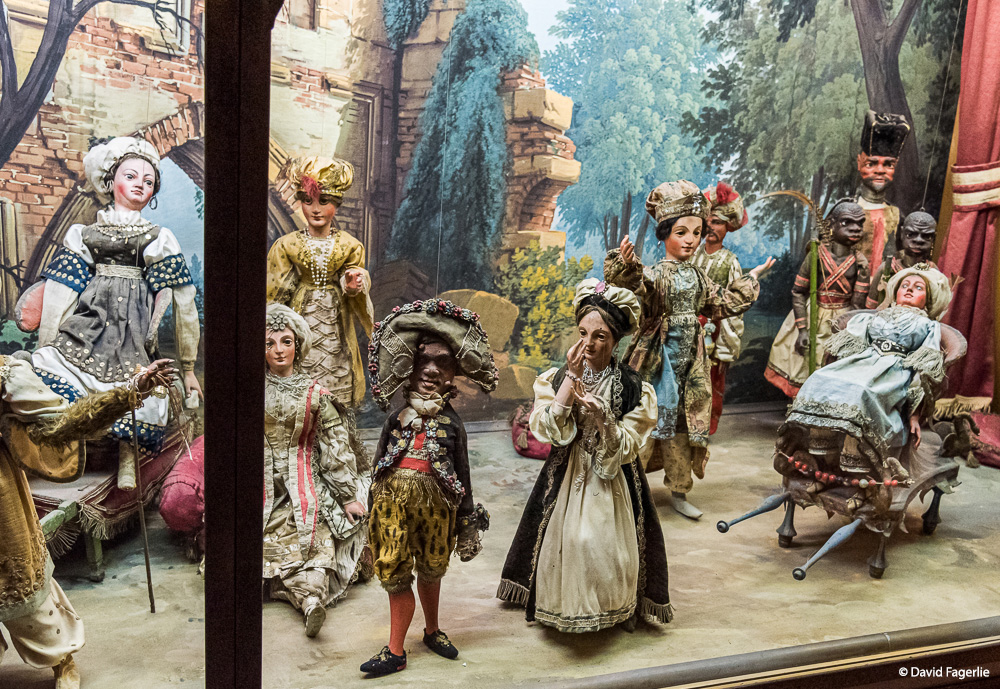
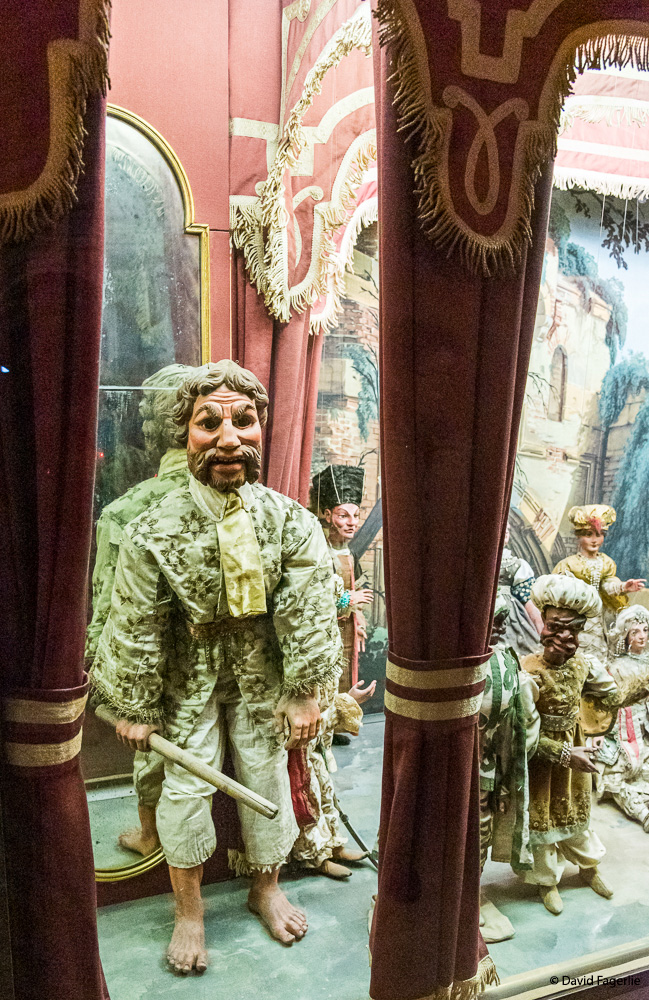
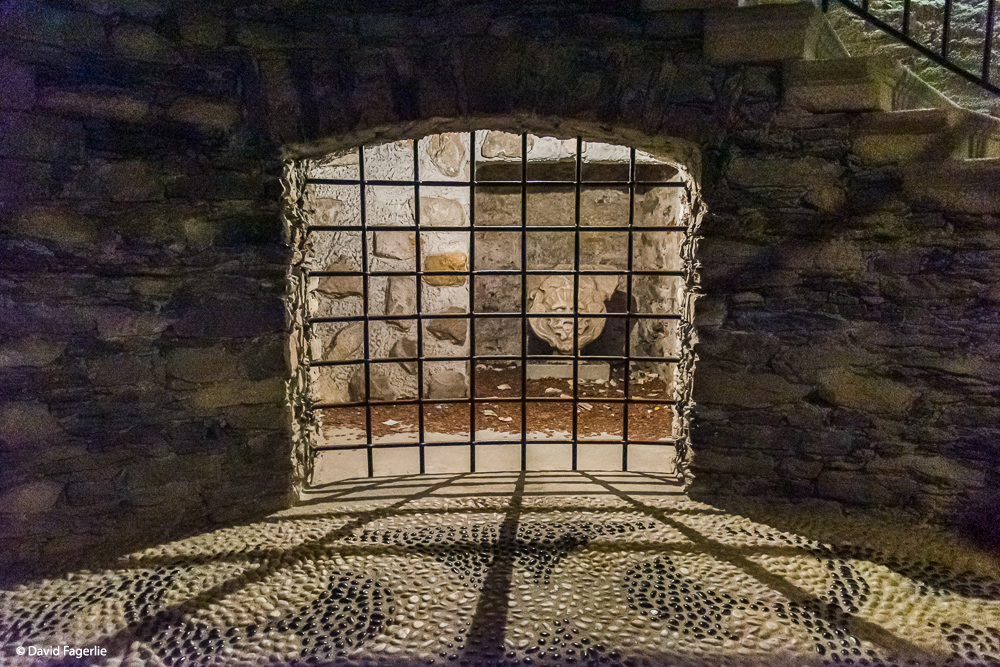
The Borromeo family still owns the estate which closes to visitors when they are in residence. Between the 14th and 17th centuries the family was able to control the Lake Maggiore area including establishing an independent state with its own army and judicial system. The “Borromeo State” ended in 1797 with the invasion of Milan by Napoleon Bonaparte who revoked the Borromeo privileges; the family retained ownership of the Borromean Islands. House guests included dignitaries such as: Bonaparte and his wife Joséphine de Beauharnais; Edward Gibbon, writer and historian; and Caroline of Brunswick, Princess of Wales who attempted unsuccessfully to convince the family to sell the estate to her.
Isola Bella hosted a conference of representatives from Italy, France and the United Kingdom in 1935 resulting in the agreement known as the “Stresa Front:”
“The Stresa Front was an agreement made in Stesa … between French Prime Minister Pierre Laval, British Prime Minister Ramsay MacDonald and Italian Prime Minister Benito Mussolini on 14 April 1935. Formally called the Final Declaration of the Stresa Conference, its aim was to reaffirm the Locarno Treaties and to declare that the independence of Austria ‘would continue to inspire their common policy’. The signatories also agreed to resist any future attempt by Germany to change the Treaty of Versailles. … The Stresa Front began to collapse after the United Kingdom signed the Anglo-German Naval Agreement in June 1935 in which Germany was given permission to increase the size of its navy. It broke down completely within two to three months of the initial agreement, just after the Italian invasion of Abyssinia.” – Wikipedia
A higher resolution slide show of these images is in Galleries. You can access the gallery of this chapter directly by clicking HERE.
Next week we visit Milan.
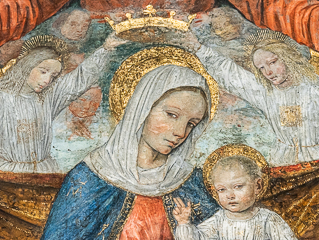
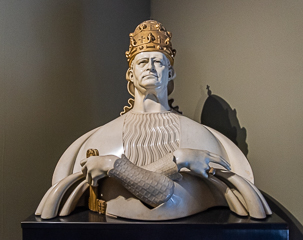
November 27, 2020
Chapter 6: Glimpses of Milan
The population of the “comune” of Milan, in Italy a constituency or township, was reported in February 2020 to be just under 1.